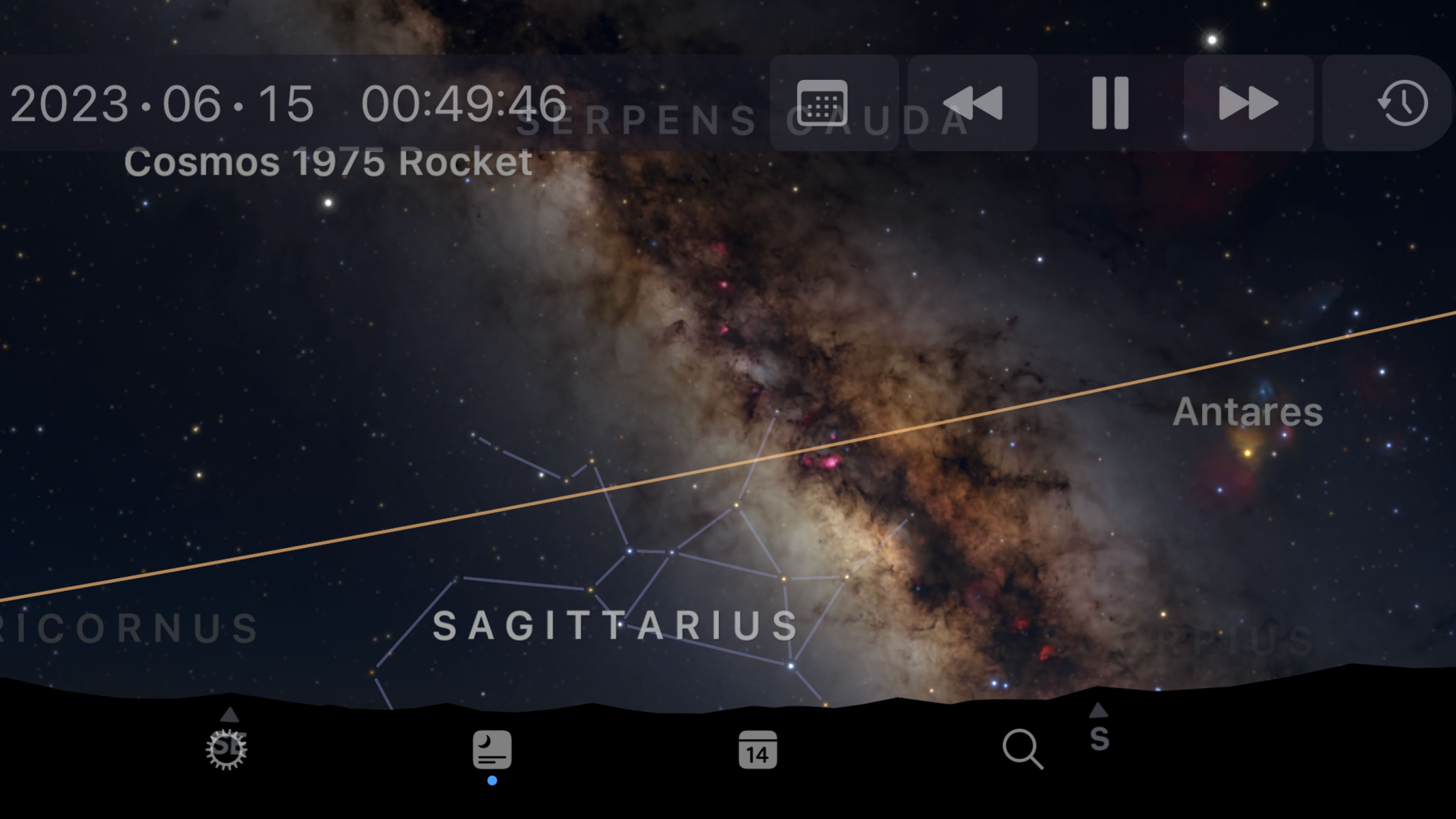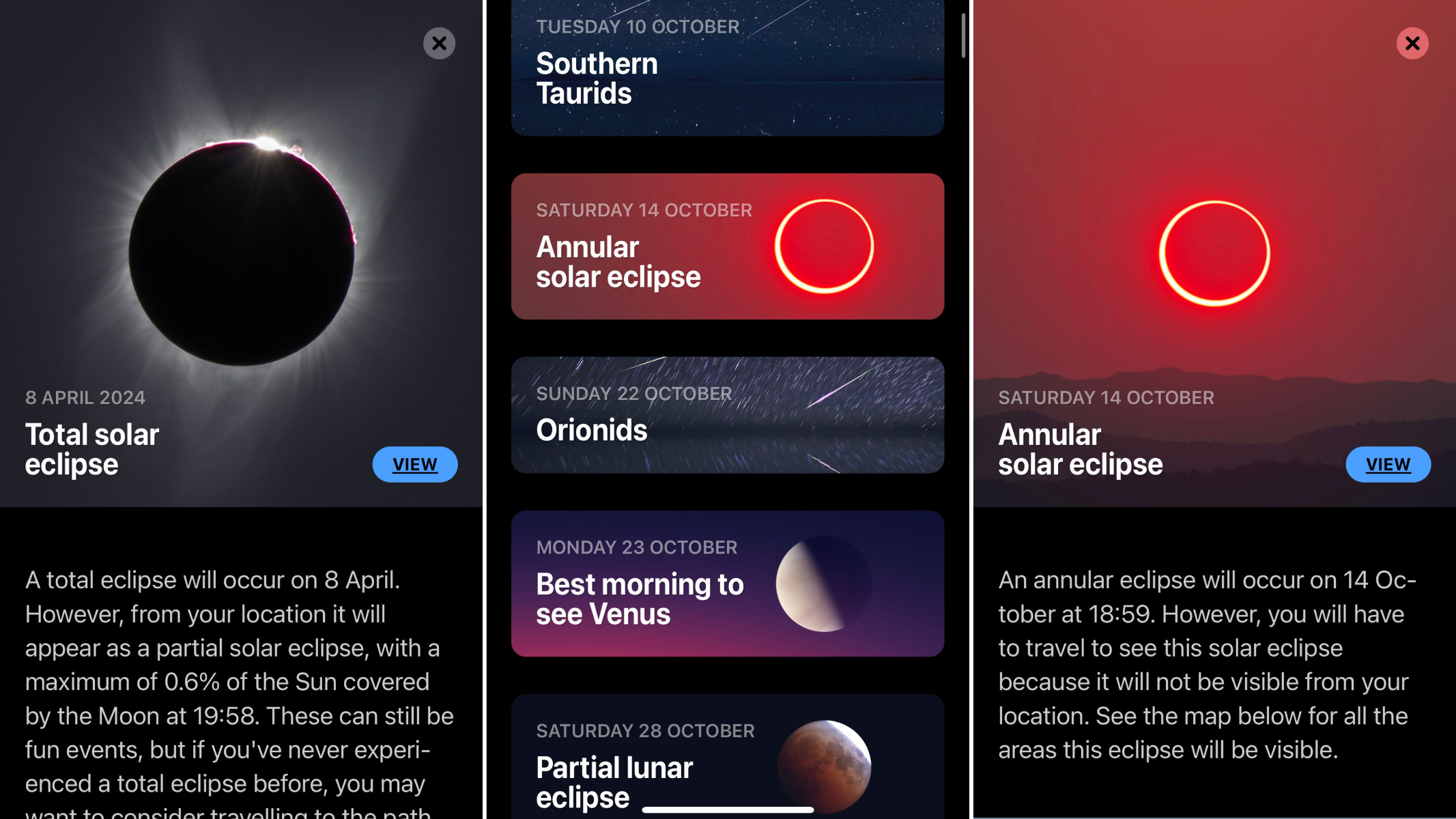Exploring The Universe With Telescopes: Your Ultimate Guide To Stargazing
Hey there, fellow space enthusiasts! If you've ever looked up at the night sky and wondered what lies beyond those twinkling lights, then you're in the right place. Exploring the universe with telescopes is one of the most exhilarating adventures you can embark on. Whether you're a seasoned stargazer or just starting out, this guide will help you unlock the mysteries of the cosmos. So, buckle up and let's dive into the wonders of the universe!
You might be thinking, "What’s so special about stargazing?" Well, let me tell you, it's more than just looking at stars. It's about connecting with something bigger than ourselves. When you peer through a telescope, you're not just seeing light—it’s history. Every photon that hits your retina has traveled millions, sometimes billions, of years to reach you. How cool is that?!
But here's the deal: stargazing isn’t just about picking up a telescope and pointing it at the sky. There’s a lot to learn, from understanding the tools to knowing where and when to look. This ultimate guide will take you step-by-step through everything you need to know about exploring the universe with telescopes. Let’s get started!
- P Diddy Wife Dead The Impact And Legacy Of Kim Porter
- Who Did P Diddy Discover A Deep Dive Into His Influential Career
Table of Contents
- The Fascinating History of Telescopes
- Types of Telescopes for Stargazing
- How to Choose the Right Telescope
- Setting Up Your Telescope for Optimal Viewing
- Best Celestial Targets to Observe
- Finding the Perfect Stargazing Location
- Additional Tools for Stargazers
- Pro Tips for Successful Stargazing
- Joining the Stargazing Community
- The Future of Telescopes and Stargazing
The Fascinating History of Telescopes
Alright, let’s rewind a bit and talk about how we got here. Telescopes have been around for centuries, and their evolution is a testament to human curiosity and ingenuity. The first refracting telescope was invented back in the early 1600s by a Dutch spectacle maker named Hans Lippershey. Can you believe it? Someone just messing around with lenses ended up changing the way we see the universe!
Fast forward to 1609, and none other than Galileo Galilei entered the scene. He didn’t invent the telescope, but he sure as heck improved it. Using his telescope, Galileo made groundbreaking discoveries, like the moons of Jupiter and the phases of Venus. These findings shook the world and paved the way for modern astronomy.
Over the years, telescopes have grown in size and sophistication. From the humble refractors to the massive reflectors and even space-based telescopes like the Hubble, the journey has been nothing short of awe-inspiring. So, the next time you look through a telescope, remember the giants whose shoulders we stand on!
- Jlo And P Diddy A Deep Dive Into Their Relationship And Influence In Pop Culture
- How Does P Diddy Make Money Unveiling The Financial Empire Of Sean Combs
Key Milestones in Telescope History
- 1608: Hans Lippershey invents the refracting telescope.
- 1609: Galileo improves the telescope and makes groundbreaking discoveries.
- 1668: Isaac Newton builds the first reflecting telescope.
- 1990: The Hubble Space Telescope is launched into orbit.
Types of Telescopes for Stargazing
Now that we’ve covered the history, let’s talk about the different types of telescopes available for stargazing. Choosing the right one can make all the difference in your experience. Here’s a quick rundown of the three main categories:
Refracting Telescopes
These are the classic telescopes you probably picture when you think of stargazing. They use lenses to gather and focus light. Refractors are great for viewing planets and the moon because they provide sharp, high-contrast images. However, they can be bulky and expensive for larger apertures.
Reflecting Telescopes
Reflectors use mirrors instead of lenses to collect light. They’re generally more affordable and can be made in larger sizes, which is perfect for deep-sky observing. The Newtonian reflector, named after Sir Isaac Newton, is a popular choice among amateur astronomers.
Catadioptric Telescopes
This hybrid design combines lenses and mirrors for a compact and portable setup. Catadioptrics, like the Schmidt-Cassegrain and Maksutov-Cassegrain, are ideal for astrophotography and provide excellent image quality. They’re also great for travelers who want a telescope that’s easy to transport.
How to Choose the Right Telescope
Picking the perfect telescope can feel overwhelming, but don’t sweat it. Here are a few key factors to consider:
- Aperture: The size of the telescope’s main lens or mirror determines how much light it can gather. Bigger is usually better, but keep in mind that larger telescopes can be harder to transport.
- Portability: If you plan on taking your telescope to different locations, opt for a lightweight and compact model.
- Budget: Set a budget and stick to it. You don’t need the most expensive telescope to enjoy stargazing. There are plenty of great options at various price points.
- Purpose: Decide what you want to observe. Are you into planets, galaxies, or both? Different telescopes excel in different areas.
Remember, the best telescope is the one you’ll actually use. Don’t get caught up in specs if it means you won’t take it out often. Practicality is key!
Setting Up Your Telescope for Optimal Viewing
Alright, so you’ve got your telescope—now what? Proper setup is crucial for getting the most out of your stargazing sessions. Here’s a step-by-step guide:
- Choose a Dark Location: Light pollution is the enemy of stargazers. Find a spot away from city lights for the best viewing experience.
- Assemble Your Telescope: Follow the manufacturer’s instructions carefully. Make sure everything is securely attached before you start observing.
- Align Your Finder Scope: This small scope helps you locate objects in the sky. Align it with your main telescope for accurate pointing.
- Let Your Telescope Acclimate: Allow your telescope to adjust to the outdoor temperature for about 30 minutes before observing. This ensures better image quality.
And there you have it! With these steps, you’ll be ready to explore the night sky like a pro.
Best Celestial Targets to Observe
So, what’s out there waiting for you to discover? Here are some of the best celestial targets to observe with your telescope:
- The Moon: Our closest neighbor is a great starting point. Look for craters, mountains, and the lunar seas.
- Planets: Jupiter’s moons and Saturn’s rings are absolute showstoppers. Mars and Venus also offer fascinating views.
- Star Clusters: Open clusters like the Pleiades and globular clusters like M13 are breathtaking sights.
- Galaxies: The Andromeda Galaxy is a favorite among stargazers. It’s the closest spiral galaxy to our own Milky Way.
- Nebulae: These glowing clouds of gas and dust are the birthplaces of stars. The Orion Nebula is a must-see.
Each of these targets offers a unique glimpse into the universe. Don’t be afraid to experiment and explore different objects!
Finding the Perfect Stargazing Location
Where you observe can make or break your stargazing experience. Here’s how to find the perfect location:
First, avoid light pollution. Urban areas are notorious for washing out the night sky. Head to rural areas or designated dark-sky parks for the best views. You can use apps like Dark Sky Finder to locate areas with minimal light pollution.
Second, consider the weather. Clear, moonless nights are ideal for stargazing. Check the weather forecast and plan your sessions accordingly.
Lastly, think about accessibility. Choose a location that’s easy to reach and safe to visit. You don’t want to trek miles just to set up your telescope.
Top Stargazing Destinations
- Cherry Springs State Park, Pennsylvania: One of the darkest skies in the eastern U.S.
- Mauna Kea, Hawaii: Home to some of the world’s most powerful observatories.
- Atacama Desert, Chile: Known for its incredibly clear skies.
Additional Tools for Stargazers
While your telescope is the star of the show, there are a few additional tools that can enhance your stargazing experience:
- Star Charts and Apps: Use these to identify constellations and locate celestial objects. Apps like SkySafari and Stellarium are highly recommended.
- Eyepieces: Different eyepieces offer varying magnifications. Have a few on hand to switch between as needed.
- Filters: Light pollution filters can help reduce the effects of artificial lighting, while planetary filters improve contrast.
- Red Flashlight: Preserve your night vision by using a red flashlight instead of a regular one.
These tools may seem like small details, but they can make a big difference in your observations.
Pro Tips for Successful Stargazing
Here are a few insider tips to help you make the most of your stargazing adventures:
First, dress for the occasion. Nights can get chilly, even in warmer climates. Bring extra layers and maybe even a thermos of hot cocoa to keep you cozy.
Second, take your time. Stargazing is as much about the experience as it is about the observations. Sit back, relax, and let the universe unfold before your eyes.
Lastly, don’t be afraid to join a local astronomy club. These groups often organize stargazing events and can provide valuable tips and advice.
Joining the Stargazing Community
Stargazing is a social activity, and joining a community can be incredibly rewarding. Whether it’s online forums or local clubs, connecting with fellow enthusiasts can enhance your experience. You’ll learn new techniques, discover hidden gems in the sky, and make lifelong friends along the way.
Check out platforms like Reddit’s r/Astronomy or Facebook groups dedicated to stargazing. You’ll find a wealth of knowledge and support from people who share your passion.
The Future of Telescopes and Stargazing
As we look to the future, the possibilities for telescopes and stargazing are endless. Advances in technology are pushing the boundaries of what we can see and understand about the universe. Telescopes like the James Webb Space Telescope are already delivering stunning images of distant galaxies and exoplanets.
But it’s not just about the big-budget projects. Amateur astronomers are also benefiting from advancements in optics, electronics, and software. The tools available today are more powerful and accessible than ever before.
So, whether you’re a casual observer or a dedicated enthusiast, the future of stargazing is bright. Keep exploring, keep learning, and keep sharing your passion with others.
Conclusion
Exploring the universe with telescopes is a journey of discovery and wonder. From the history of telescopes to the best tools and techniques, this ultimate guide has hopefully equipped you with everything you need to embark on your stargazing adventures.
Remember, stargazing isn’t just about the equipment—it’s about the experience. Take your time, enjoy the process, and don’t be afraid to ask questions. The universe is vast, and there’s always something new to discover.
So, what are you waiting for? Grab your telescope, find a dark spot, and start exploring. And don’t forget to share your experiences with the community. Together, we can uncover the mysteries of the cosmos one star at a time!
- Is P Diddy In Jail Yet The Latest Updates And Insights
- P Diddy House Raids An Indepth Look At The Controversies And Implications

Exploring The Universe With Your Ultimate Guide To

Sky Guide stargazing app review Space

Sky Guide stargazing app review Space